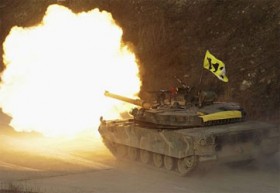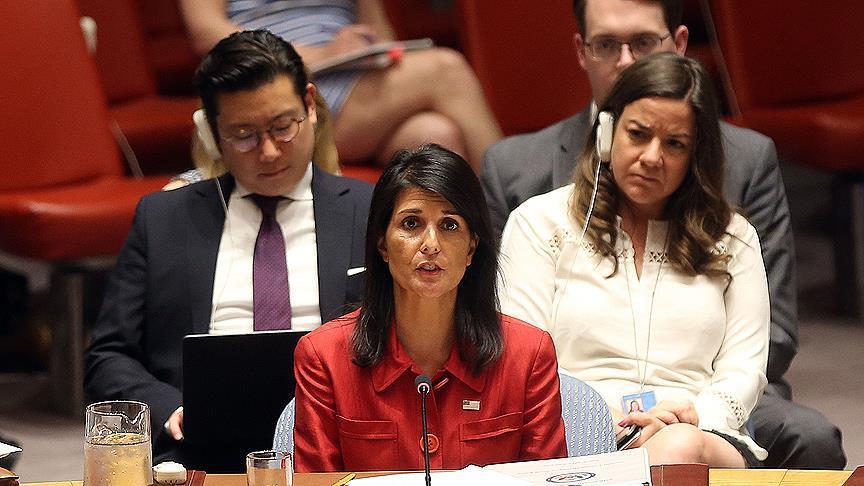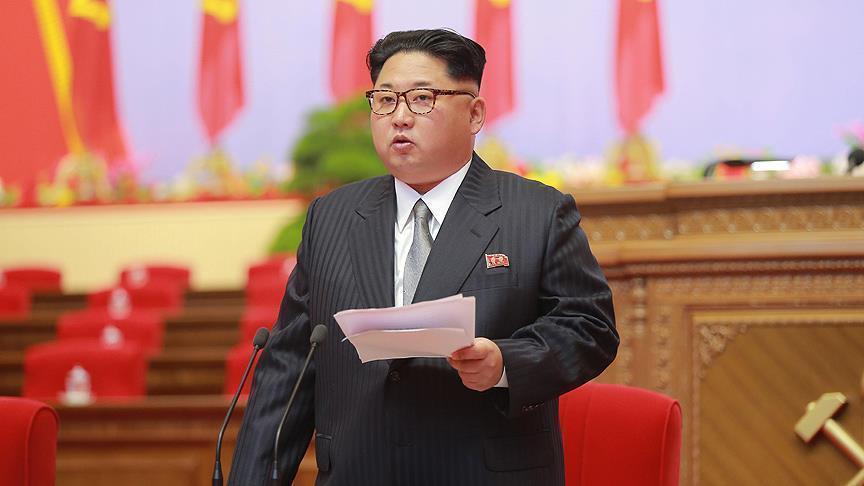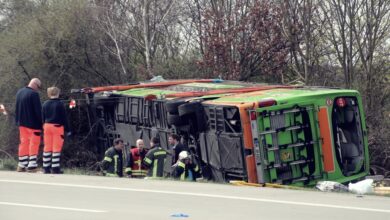 South Korea has staged its largest military exercise of the year, putting on a massive and deliberate show of force against North Korea in a bid to warn against any further aggression from its volatile neighbour.
South Korea has staged its largest military exercise of the year, putting on a massive and deliberate show of force against North Korea in a bid to warn against any further aggression from its volatile neighbour.
South Korea holds large live-fire drillsSouth Korea has staged its largest military exercise of the year, putting on a massive and deliberate show of force against North Korea in a bid to warn against any further aggression from its volatile neighbour. The drills, conducted just 30 miles south of the heavily armed border dividing North and South Korea, came a month after a North Korean artillery bombardment against a South Korean island killed four, dramatically raising tensions on the Peninsula.Around 800 troops took part in the exercise – the largest so far this year – which included 30 tanks, armoured personnel carriers, F-15 fighter-jets, artillery pieces, multiple long-range rockets as well as Cobra helicopter gunships.”Tanks raced down mountain roads firing artillery rounds. The boom of cannons echoed through the valley and the hills erupted in smoke,” reported the Associated Press, “Rockets slammed into the side of a hill as helicopters overhead fired rockets at targets and F-15 fighters zoomed by dropping bombs.”Pyongyang, which earlier this week had threatened retaliation against another South Korean exercise, made no immediate response to the drill other than to condemn it as “provocative” – an adjective which has repeatedly been applied to its own conduct in recent weeks.The North rejected assertions by the South that the drills were “routine”, saying in a statement on the KCNA official news agency that such claims were meant “to conceal the provocative and offensive nature of the exercises”.The US has backed its ally’s right to hold the defensive exercises which have been condemned by Russia and China who have called for restraint and an end to actions that might escalate into war. The UN security council remains deeply divided on how best to handle North Korea.The South Korea government, under intense public pressure after a meek response to November’s bombardment, has significantly hardened its stance in recent weeks, appointing more hawkish defence officials and promising to hit back hard in the North strikes again.Analysts said that Pyongyang was unlikely to strike again immediately, following a long established pattern of alternating force with diplomatic gambits.Last week North Korea hinted to an unofficial US envoy that it might allow UN weapons inspectors back into the country to inspect the nuclear program which caused the collapse of the Six Party nuclear disarmament talks in April 2009.However the issue has been complicated by the emergence of a second, uranium-based program which will make it more plausible for the North to claim its nuclear programs are civilian in nature, complicating any attempts to verify North Korean disarmament.Many analysts, including in the US, say that North Korea has shown no intention of giving up its nuclear weapons which remain one of its key bargaining chips on the international stage.”Their attitude is: accept us as a nuclear power or we have nothing to talk about. There is no sign of meaningful concessions,” said Peter Beck, a North Korea expert with the Washington-based Council on Foreign Relations.Other analysts warn that despite Pyongyang’s muted response to this week’s military exercises, North Korea is very likely to strike again in the next few months, when it considers it politically opportune to do so.”The North Korean leaders did not duck the fight this time because they were afraid,” wrote Andrei Lankov of Kookmin University in Seoul, in the Financial Times earlier this week referring to the Monday’s artillery drills.”Rather, they did what a cold-minded tactician should do: they avoided an engagement under unfavourable conditions chosen by the opponent, in order to strike the opponent at the time and place of their own choice, suddenly and forcefully.”
[adrotate group=”8″]


